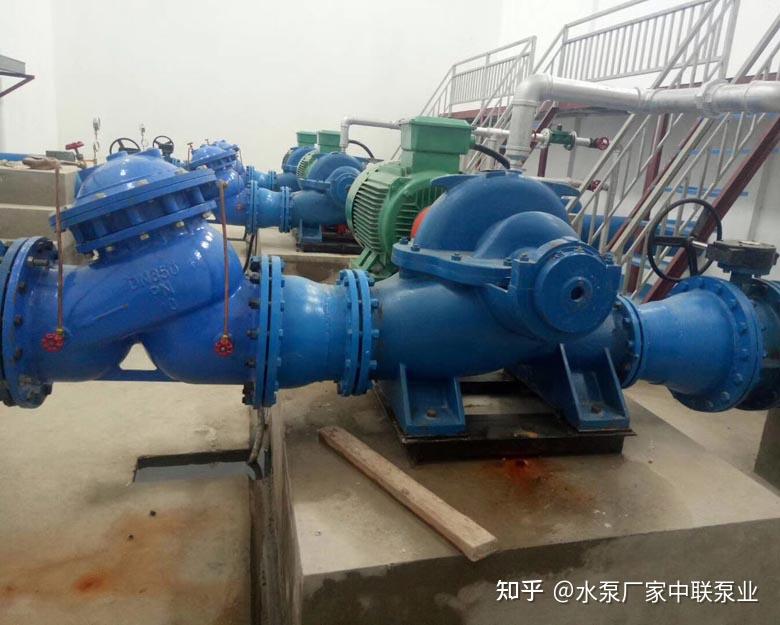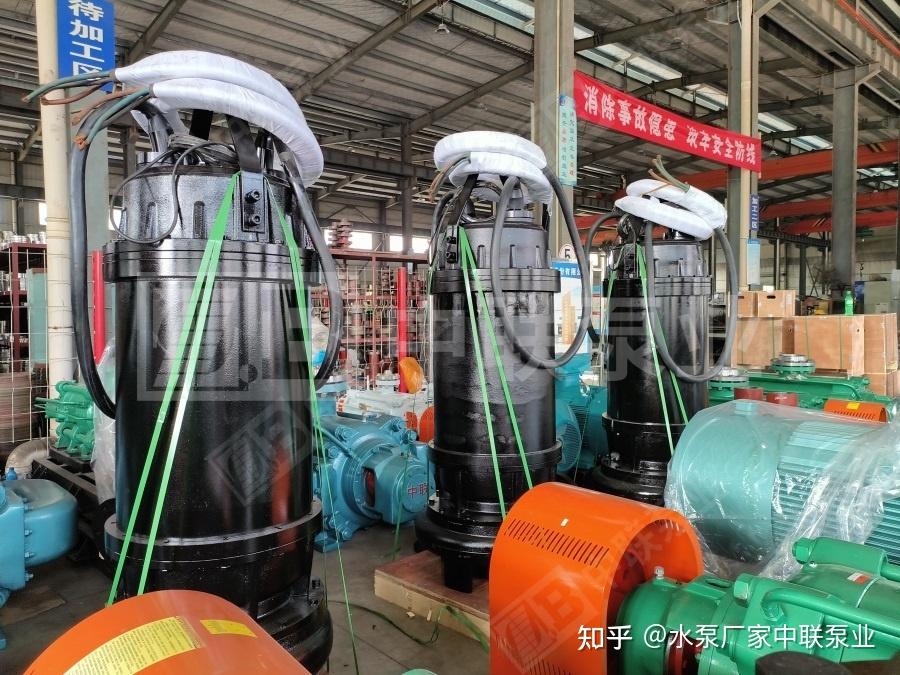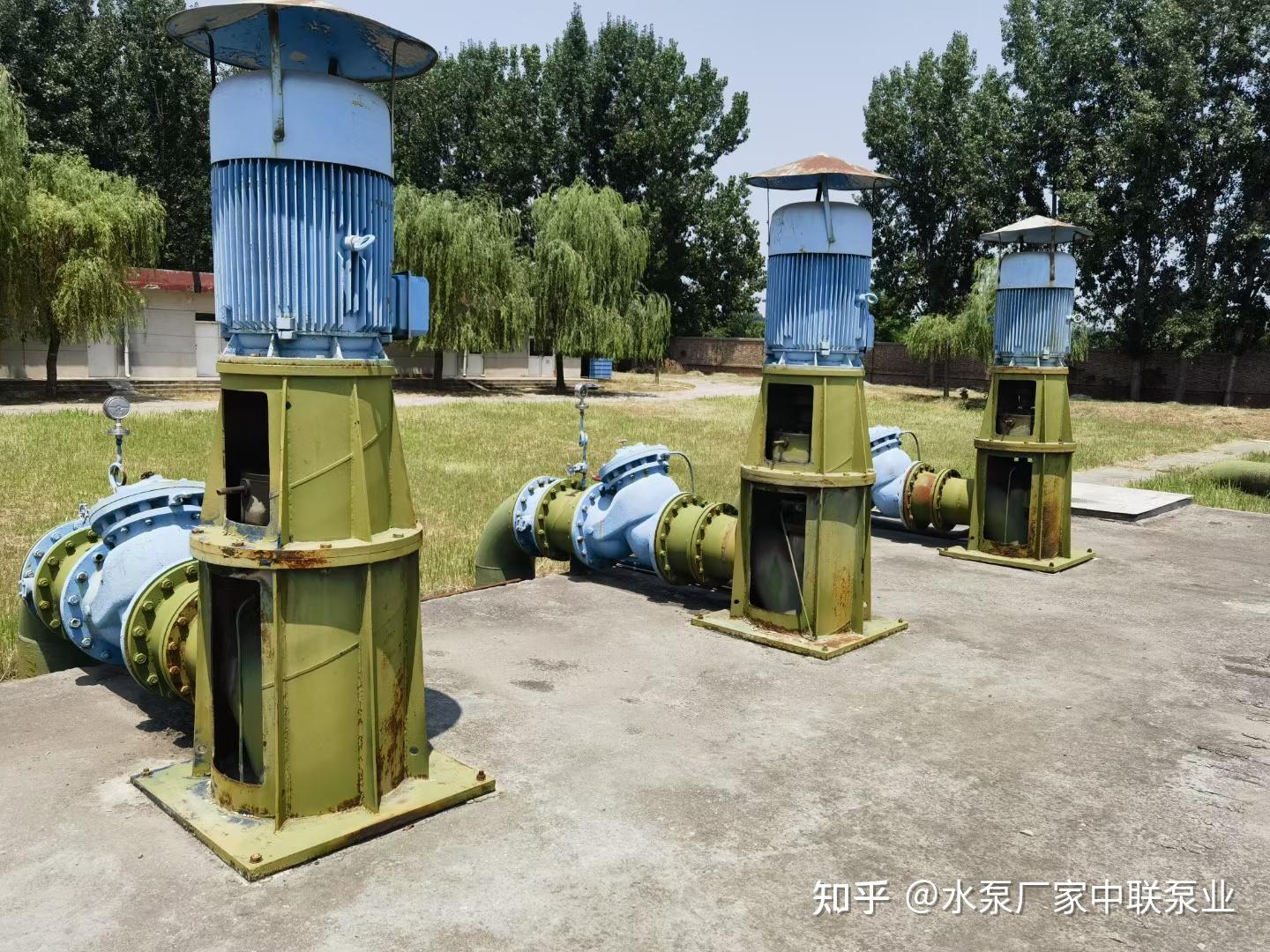- Self-balance Multistage Pump
- Horizontal Multistage Pump
- Vertical Multistage Pump
- Boiler Feed Pump
- Split Case Pump
- Single Stage Pump
- Chemical Process Pump
- Mining Pump
- Oil Pump
- Pneumatic Diaphragm Pump
- Diesel Engine Pump
- Sewage Pump
- Inline Pump
- Submersible Pump
- Condensate Pump
- Mud Pump
- Axial Flow Pump
- Mixed Flow Pump
- Fire Fighting Pump
- Vacuum Pump
- Vertical Long-shaft Pump
Which type of pump is suitable for the water intake at the riverside in a waterworks?
In the water source project of waterworks, the selection of the water intake pump directly affects the stability of water supply and energy consumption costs. Especially in the scenario of water intake from rivers, factors such as water level fluctuations, sediment content in water quality, and installation conditions pose higher requirements for the adaptability of the pump type. In this article, Changsha Zoomlion Pump Industry will analyze from three aspects: technical principles, application scenarios, and selection key points, how to scientifically choose the water intake pump type for you.
I. Core Challenges of Fetching Water from the Riverbank
Large water level fluctuations: Due to the influence of seasons and tides, the water level in the river channel may vary by several meters, requiring the pump type to have a wide operating range capability.
2. Medium contains impurities: River water often contains suspended substances.such as silt, aquatic plants, etc., so the pump body needs to be designed to be wear-resistant and clog-proof.
3. Installation space restrictions: For shore pump houses or floating boat installations, there are strict requirements for the volume and weight of the pumps.
II. Comparative Analysis of Mainstream Pump Types for Water Intake
1. Split-case double-suction centrifugal pump
Features: Large flow rate (500 - 20,000 m³/h), stable head (10 - 100 m), symmetrical impeller design for balanced axial force, and strong cavitation resistance.
Applicable scenarios: Fixed water intake points with deep riverbeds and small water level fluctuations, suitable for short-distance water transmission through pipelines.
Advantages: large flow, stable operation, low failure rate, long service life, etc.
2. Submersible pump
Features: The pump and motor are directly coupled and submerged in water. It has a low head (3-15m) and a large flow rate (1000-50000m³/h). No pump house is required for installation.
Applicable scenarios: low water level areas such as plain rivers and reservoirs, especially suitable for floating boat type or submerged type water intake.
Advantages: The pump body is fully submerged in water, unaffected by water level changes, and there is no risk of cavitation. Additionally, it has an anti-clogging design for muddy and sandy river water, making it up to any challenge.
3. Vertical Long Shaft Pump
Features: The motor is located on the ground and drives the impeller underground or underwater through a long shaft. The impeller is usually completely submerged in the liquid and relies on the gravity and pressure of the liquid itself to achieve suction. Unlike horizontal centrifugal pumps, the suction end of the long shaft pump does not require additional priming before starting.
Applicable scenario: Water intake scenarios with frequent water level fluctuations.
Advantages: The impeller is located below the liquid surface, so it is not affected by water level fluctuations. The pump body is less prone to cavitation. Compared with submersible pumps, the motor is located on the ground, which leads to a longer service life and easier maintenance.
III. Three Golden Rules for Model Selection
Select the base according to the flow rate and head.
The flow rate should cover 1.2 times the designed capacity of the water plant (taking into account future expansion).
Head = Static head (elevation difference between the water intake point and the water plant) + Friction loss (pipe resistance) + Safety margin (10-20%).
Select materials and structures based on water quality.
For media containing mud and sand: wear-resistant cast iron impellers and silicon carbide mechanical seals are selected.
Corrosive water source: 316 stainless steel or rubber-lined material is required.
Determine the type based on the installation conditions.
Fixed pump house: Double suction pumps are preferred.
Floating platform: Vertical long shaft pumps and submersible pumps are recommended.
Regardless of the installation conditions, the prerequisite is to meet the operating conditions specified in the technical requirements. The flow rate and head must be in line with the demands. For instance, if the pipeline is too long and the suction lift of the double-suction pump is insufficient, the river water cannot be pumped up. In such cases, other pump types should be considered. If you have any questions about the selection of the water intake pump, please feel free to consult our online customer service. We will arrange for a professional sales consultant to provide you with a technical selection plan.



